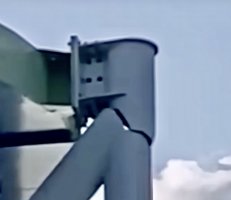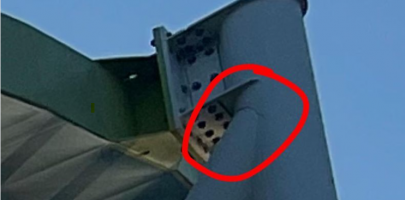ICE
Oh Well
It was a man standing in a parking lot that found the defect....not the ride operator. This is an example of why I dreaded inspecting carnivals.

 www.yahoo.com
www.yahoo.com

Carowinds roller coaster shut down days after a crack appeared while people were riding
The most popular amusement park in the Carolinas had to shut down the coaster on what’s likely to be a busy holiday weekend.


